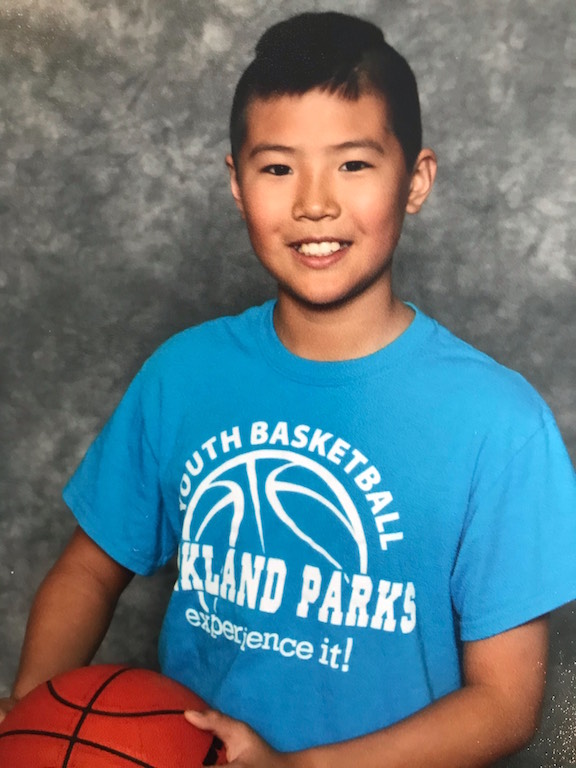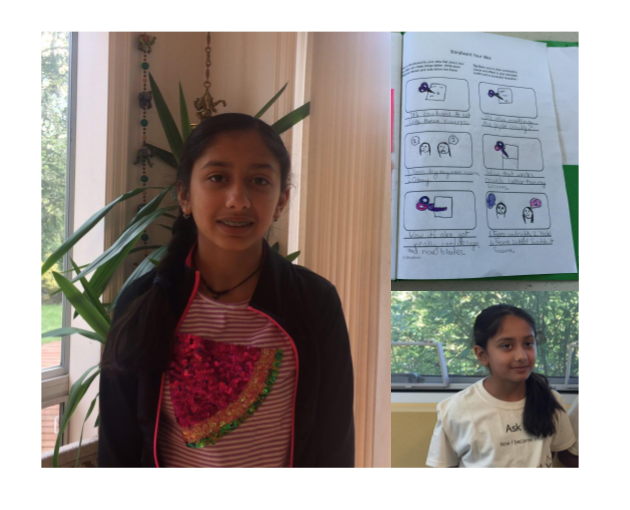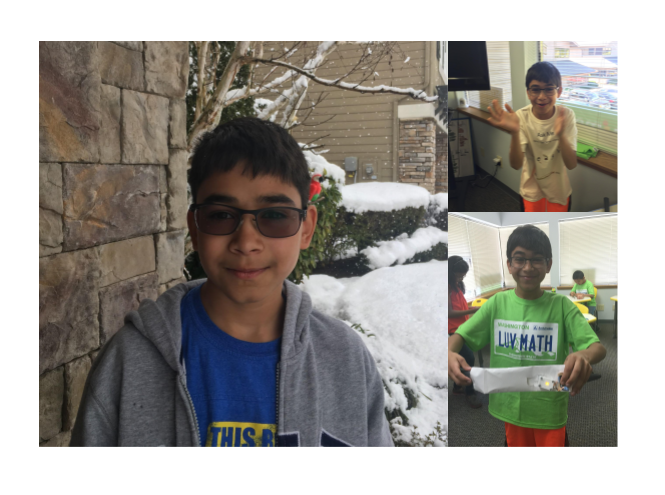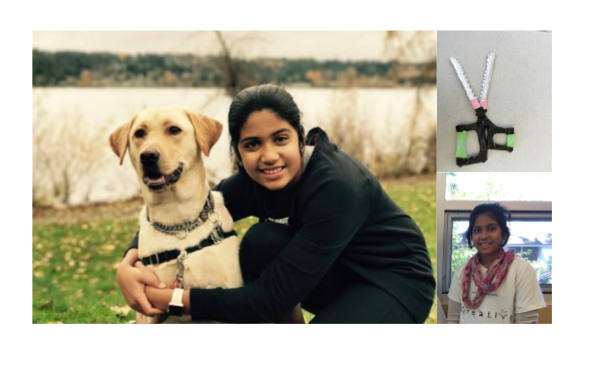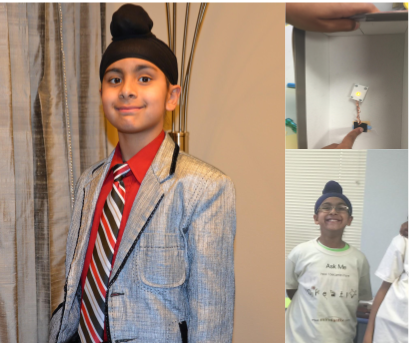Our featured student inventor this time is Aaron Liu, who came up with an idea to make a temperature sensing food bowl. His invention won a national level award as part of the “Student Ideas for a Better America” competition organized by the National Museum of Education. He designed the bowl as part of our summer camp, held in collaboration with the Archimedes School.
Here is Aaron talking about his idea in more detail.
Can you tell us a little bit about yourself?
My name is Aaron and I was born in Washington in 2008. I am in fifth grade and go to Ben Franklin Elementary school. In my free time I enjoy playing baseball.
What is your invention and how does it work?
My invention is the thermochromic bowl and it works when a hot substance is placed with in the bowl. The bowl will then change colors.
How did you come up with the idea?
I came up with the idea when I realized that I hurt my tongue a lot while eating hot foods and a bowl that changes colors when something hot was in it was a good idea.
Did your prototype work? How was that experience?
The prototype did not work at first because the plastic was too thick. So I put paint on the brims instead of the whole bowl and it worked. The experience was good.
What did you learn from the summer camp?
I learned a lot but some things I learned are how to use a website to make 3d images, and how thermochromic paint works.
What is your most fun memory from the camp?
My favorite memory was when I won jeopardy on the last day of camp.
Who is your favorite inventor and why?
My favorite inventor is Thomas Edison. He is my favorite inventor because he invented the light bulb and pioneered the way for the different forms of electronic light we have now.
What kind of problems do you want to solve when you grow up?
When I grow up I want to solve global warming.
What will you be using your prize money for?
I want to save the prize money to buy a arcade game.
Congratulations Aaron for winning the award! Solving global warming is a great goal and we wish you the best as you apply your creativity to solve future problems.

